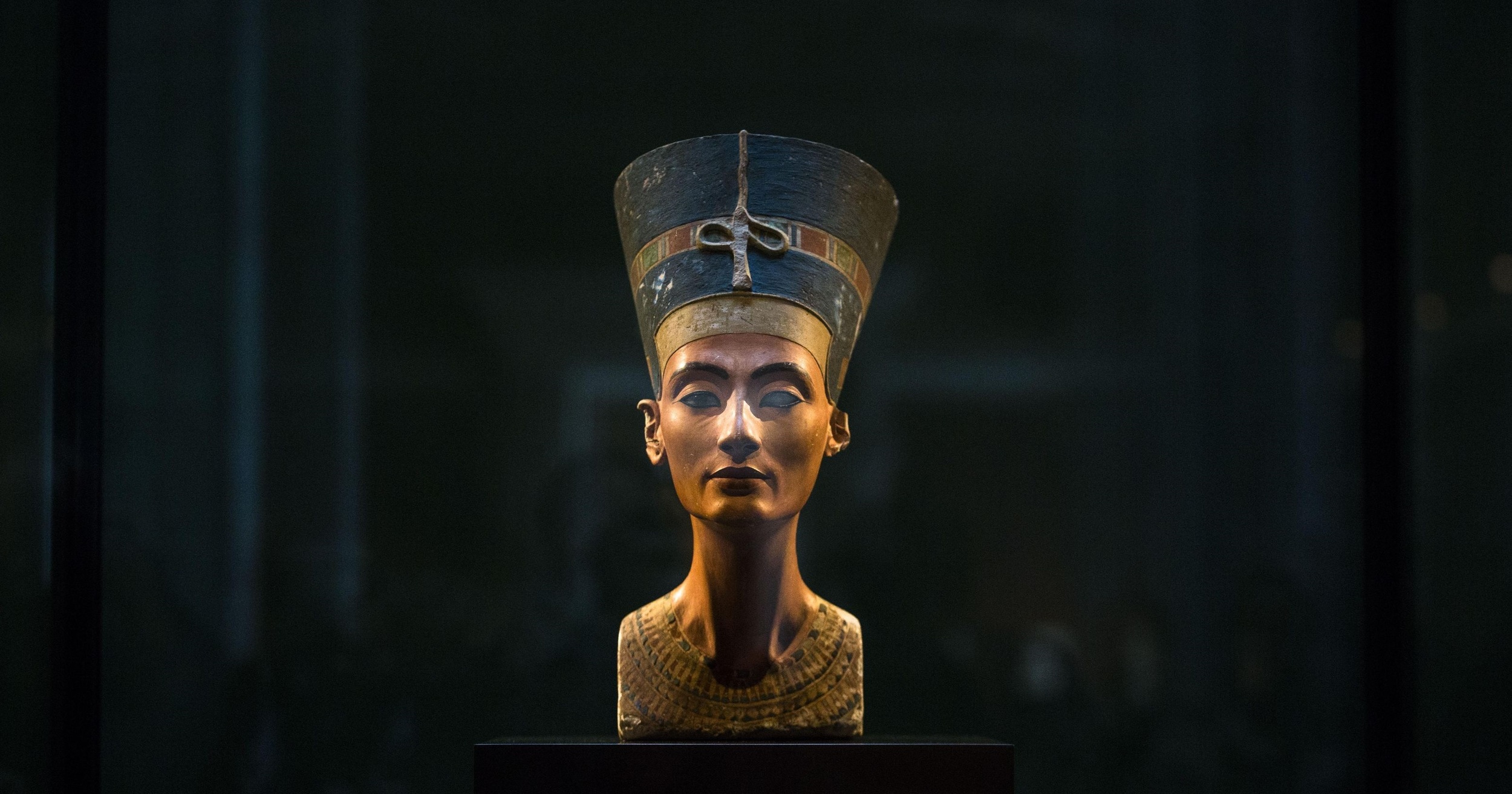That's the word used to describe the results of the radar scans of Tutankhamun's tomb. But does that mean 'good' or 'bad'?
Today we find out.
Two radar scans have now been made throughout Tutankhamun's Burial Chamber in the Valley of the Kings.The first were carried out on Thursday, with a second sweep on Friday to confirm the results.
Reeves described the data collected by the radar as "intriguing".
That doesn't tell us much, and he can't really reveal anything before the official announcement by the Minister of Antiquities, but he did suggest that the data reveals a high probability of differences in the design of the Burial Chamber's north wall.
I suspect that the answer we are going to get today will just raise a lot more questions, as is often the case in Egyptology.
Nicholas Reeves is the British Egyptologist who believes the pristine burial of Queen Nefertiti is hidden in Tutankhamun's tomb. Or rather, Tutankhamun was interred in his step-mother's tomb, 10 years after her death, when his early demise caught the royal tomb-builders by surprise.
Dr. Reeves' argument was so "intriguing" that it motivated the Egyptian Antiquities Department to re-investigate the tomb.
The first examination was by sight, where they noticed a distinct line across the burial chamber ceiling, an indication that the chamber was originally part of the tomb's corridor, expanded to accommodate the king's large sarcophagus and burial shrines. The line reaches right up to the Burial Chamber's northern wall - the one that Dr. Reeves believes is a false wall designed to fool thieves, hiding Nefertiti's burial.
Next came the infrared scans, which picked up clear "hot-spots" in the areas that Reeves believes are false walls, one hiding the burial of the Queen, and the other, funerary goods of Tutankhamun's.
The results from the radar scans are being announced by the Minister of Antiquities, Dr. Mamdouh El-Damaty, at a press conference in front of Howard Carter's Rest House on Luxor's West Bank.
The press conference is at 10:30 a.m. on Saturday. Thatis 8:30 a.m. in London, 3:30 a.m. in New York (sorry), and 7 p.m. in South Australia where I sit.
We'll give you the results as soon as they come to hand. This could be a very big day in Egyptology - "intriguing" means "good", right?
This photo of Nefertiti's famous bust is by Markus Schreiber. It was found in the ruins of Akhetaten, the city made to order for her husband's, Akhenaten - the 'heretic' pharaoh. The bust is the star attraction in the Neues Museum, Berlin.
